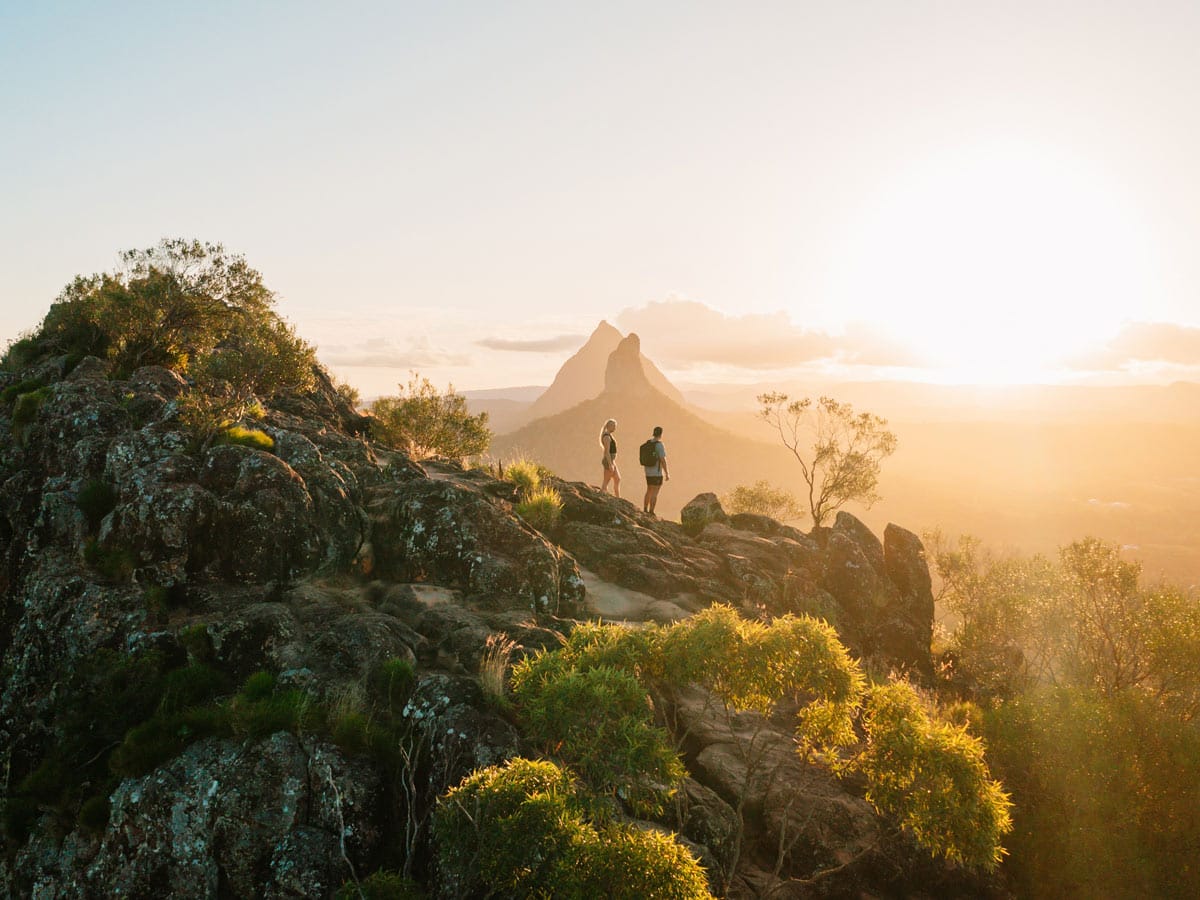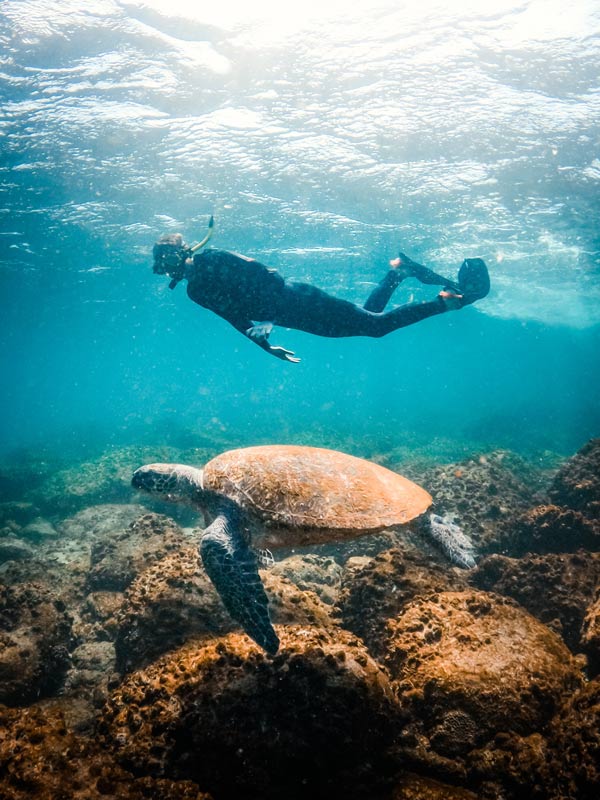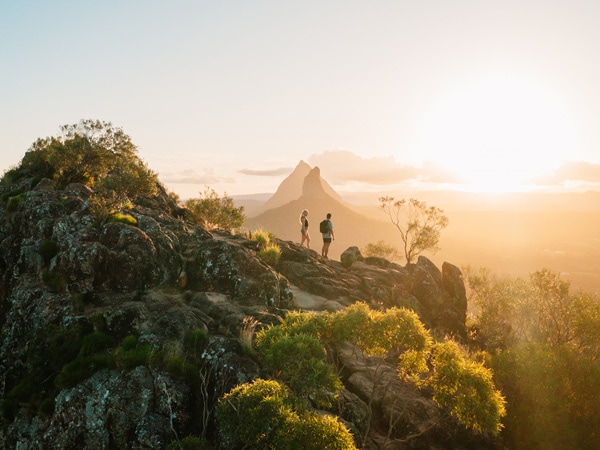22 July 2022
![]() 2 mins Read
2 mins Read

The Sunshine Coast Local Government Area was declared a Biosphere by UNESCO, recognising the region as an international site of excellence and an area of natural beauty.

Sustainable travel options are becoming increasingly important for holidaymakers. (Image: Visit Sunshine Coast)
This adds to the existing Noosa and Great Sandy Biosphere Reserves, meaning three of the five UNESCO Biospheres in Australia are located on the Sunshine Coast. Together they form a biosphere corridor that stretches from the Glass House Mountains in the south, along more than 100km of pristine coastline through Noosa and north to Tin Can Bay.

Australia currently has five biospheres and three are in the Sunshine Coast. (Image: Visit Sunshine Coast)
Visit Sunshine Coast chief executive officer Matt Stoeckel said the new biosphere credentials will reinforce the Sunshine Coast’s position globally as one of Australia’s leading nature-based destinations.
“The Sunshine Coast has long been a favourite destination for people seeking nature-based experiences and beautiful landscapes,” he said.
“Our environment is what makes us special, and it’s not something the tourism industry here takes for granted.
“We have some great examples of sustainable and eco-certified operators, including tours where visitors are encouraged to carbon offset their travel, and accommodation providers where rainwater is captured and recycled, and all scraps and green waste composted.
“But it goes deeper than this, with locals and the tourism industry alike passionate about sharing what is special about our environment and educating others about the importance of sustainability. Caring for where we live is very much a way of life.”

The biosphere corridor stretches from the Glass House Mountains in the south, along more than 100km of pristine coastline. (Image: Visit Sunshine Coast)
The announcement comes as research shows preferencing sustainable travel options is becoming increasingly important for holidaymakers. Eco-certified experiences on the Sunshine Coast include Saltwater Eco Tours, Glass House Mountains Ecolodge, Sunreef Mooloolaba and Terele Brewing.

There are currently 738 biosphere reserves in the world. (Image: Visit Sunshine Coast)
Australia currently has five biospheres – Sunshine Coast Biosphere Reserve, Great Sandy Biosphere Reserve, and Noosa Biosphere Reserve in Queensland, Fitzgerald Biosphere Reserve in Western Australia, and Mornington Peninsula and Western Port Biosphere Reserve in Victoria. There are currently 738 biosphere reserves in 134 countries.
I will always call Australia home ❤️